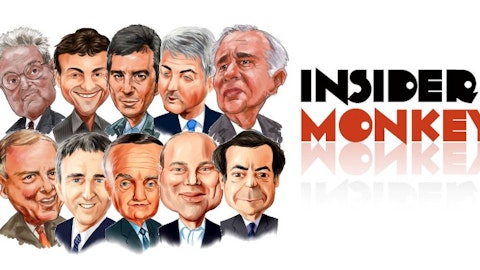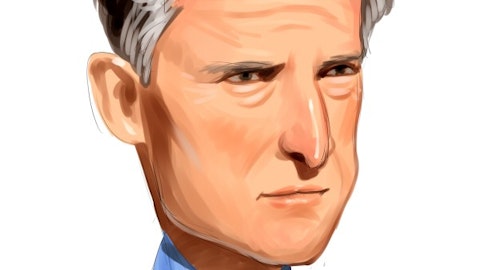David Cohen and Harold Levy co-founded a hedge fund called Iridian Asset Management, back in 1996, aiming to benefit from market fails at times of corporate change. The fund’s headquarters are in Westport, Connecticut, while also providing additional offices in NYC, Chicago and Schaumburg, Illinois. Both David Cohen and Harold Levy had impressive investing experiences prior to the launching of Iridian Asset Management, working at Arnhold and S. Bleichroedr Inc, and Lehman Brothers Kuhn Loeb. Harold Levy is a portfolio manager of the First Eagle Fund of America, and previously, he also worked for E.M. Warburg, Pincus & Company. He earned his BA in Economics from Wesleyan University and an MBA from the University of Chicago. Prior to co-founding Iridian Asset Management, David Cohen also worked at Furman Selz Mager Dietz & Birney, W.R. Family Associates, and Central National Gottesman. He graduated from Vassar College in 1977 with a BA in Economics, from New York University in 1978 with an MBA, and from the University of Miami School of Law in 1981 with a JD.

Iridian Asset Management’s investment philosophy is centered around the belief that although markets are often right in their stock evaluations, they frequently fail to do so for the companies that are going through some structural/corporate change. Not factoring the consequences of these changes in a longer run, markets often undervalue some companies, and Iridian Asset Management seeks to catch those companies on time and to invest in them. The fund looks for various catalysts in companies that could possibly improve their businesses and increase their values. Some of these catalysts could be – spin-offs, management changes, acquisitions, etc. Another important part of Iridian Asset Management’s strategy is its approach to a company it plans to invest in, as the fund values it as it is going to acquire the entire business. According to data from the end of December 2016, the fund managed $13.7 billion in assets.
It seems that the fund’s investment philosophy must be very sharp, as the fund had some positive returns throughout the years. Since 1998 through August 2014, Iridian Asset Management has gained 8.69% a year, compared to 4.54% for the S&P Index. And, as for the more recent return figures, its Iridian Charter Fund LP, for example, brought back an exquisite 28.78% in 2013, followed by 10.43% in 2014. Then, in 2015, it lost 4.05%, but came much stronger in the following year, achieving a 6.27% gain. In 2017 its return was even better amounting to 12.79%. Unfortunately, last year seemed to have been quite difficult, as, through October, Iridian Charter Fund LP lost 1.40%. The fund’s total return was of 242.24%, for a compound annual return of 10.57%. Its worst drawdown was 43.51.
Insider Monkey’s flagship strategy identifies the best performing 100 hedge funds at the end of each quarter and invests in their consensus stock picks. This way it is always invested in the best ideas of the best performing hedge funds and is able to generate much higher returns than the market. Since its inception in May 2014, our flagship strategy generated a cumulative return of 89%, beating the S&P 500 ETF (SPY) by 29 percentage points (see the details here).
On December 31, 2018, Iridian Asset Management’s equity portfolio was valued $7.46 billion, and it was very diversified. The third biggest position the fund held in Marathon Petroleum Corp (NYSE:MPC) counting 5.15 million shares with a value of $303.93 million, occupying 4.07% of the fund’s portfolio. Marathon Petroleum is a company that offers a variety of petroleum-related services, such as refining and transportation, and has a market cap of $44.92 billion. It is also one of the 30 Most Popular Stocks Among Hedge Funds. The company is trading at a price-to-earnings ratio of 17.25, and over the past six months, its stock lost 20.78%, having the closing price on February 21st of $64.66.
If you are interested to learn about some other positions and the changes the fund has made to its portfolio during the fourth quarter of 2018, just keep on reading on the next page.




